5 Consideraciones para la Selección de Herramientas de Mandrinado
-
Descubra cómo una mejor selección de herramientas puede solucionar problemas como vibraciones, desgaste de las herramientas y un acabado superficial deficiente.
-
Aprenda cómo los cabezales digitales y los sistemas modulares pueden simplificar las configuraciones y reducir el tiempo dedicado a la resolución de problemas.
-
Comprenda cómo las inversiones inteligentes en herramientas y accesorios pueden generar ahorros a largo plazo y mejores resultados de mecanizado.
Taladrar puede ser un negocio complicado—con varias variables que pueden afectar el rendimiento. Y, como ocurre con muchas cosas relacionadas con el mecanizado de metales, muchos problemas de taladrado pueden resolverse con una correcta selección y ajuste de herramientas (desde tiempos de ciclo demasiado largos hasta vida útil comprometida de la herramienta o mala calidad de la pieza). Además, escatimar en herramientas y accesorios para taladrado puede costar más a largo plazo, resultando en los problemas mencionados. Sigue leyendo para conocer cinco consideraciones importantes al seleccionar herramientas y accesorios para taladrado.
1. Considera sistemas modulares de taladrado
Los sistemas modulares de herramientas permiten a los talleres crear conjuntos de herramientas para aplicaciones específicas de manera rápida y sencilla, sin necesidad de herramientas especializadas ni portaherramientas adicionales. Esto es útil en aplicaciones de taladrado desafiantes, ya que permite a los operarios resolver problemas con los componentes que tienen a mano. Esta flexibilidad (además de cambios rápidos y sencillos) reduce significativamente el tiempo de configuración y de ingeniería. Ten en cuenta: los conjuntos modulares de taladrado siempre deben ser lo más cortos posible para reducir la vibración. Recomendamos que los conjuntos modulares de taladrado contengan no más de cinco componentes (idealmente cuatro o menos), sin incluir los portainsertos del cabezal de taladrado.
2. Aprovecha los cabezales de taladrado digitales para mejorar el rendimiento
Los cabezales de taladrado digitales muestran las mediciones de configuración en una pequeña pantalla directamente en la herramienta. Esto permite ajustes de precisión mucho más rápidos y eficientes (las versiones con Bluetooth permiten aún mayor eficiencia). Pero, quizás lo más importante, esta tecnología puede mejorar significativamente el rendimiento y eliminar costos relacionados con cortes de prueba y piezas desechadas.
Los cabezales de taladrado digitales tienen mayor impacto en aplicaciones que requieren tolerancias estrictas o materiales difíciles de mecanizar. De hecho, algunos cabezales digitales permiten ajustes de tan solo 50 millonésimas de pulgada en diámetro.
3. Piensa en la resistencia a la vibración
La vibración puede causar estragos en las operaciones de taladrado: ralentiza velocidades y avances, acorta la vida útil de la herramienta y reduce la calidad de la pieza terminada. Prevenir la vibración mediante la selección de herramientas es un proceso de dos pasos: 1) selecciona el diámetro más grande posible y la longitud más corta posible para tu conjunto de taladrado y 2) considera herramientas de contacto dual con licencia.
Los portaherramientas de contacto dual proporcionan contacto simultáneo entre el husillo de la máquina y el cono y la brida del portaherramientas. Este acoplamiento preciso del portaherramientas y el husillo aumenta significativamente la rigidez, reduciendo la vibración. Pero cuidado: solo elige portaherramientas de contacto dual que tengan licencia para tu husillo. Los fabricantes de portaherramientas no licenciados no cuentan con las especificaciones críticas necesarias para fabricar verdaderos portaherramientas de contacto dual. El resultado, en el mejor de los casos, es un rendimiento de taladrado subóptimo; en el peor, podrías dañar el husillo de tu máquina.
4. Considera cortadores gemelos de taladrado
Cuando se trata de hacer agujeros en volumen, equilibrar velocidad y rendimiento puede ser un desafío. Una respuesta común es la interpolación helicoidal con un molino para desbaste. Pero los cortadores gemelos de taladrado ofrecen una alternativa a la interpolación helicoidal con varias ventajas.
Por un lado, los cortadores gemelos para desbaste son más simples: requieren solo una configuración, sin equipo especializado y con menos programación que la interpolación helicoidal. El rendimiento también mejora, con un mejor equilibrio de carga en el corte para un rendimiento más confiable y consistente, y mejor evacuación de virutas (gracias a virutas más pequeñas). Finalmente, el movimiento de penetración de los cortadores gemelos genera carga axial en lugar de radial, lo que preserva mejor los componentes de la máquina y del husillo.
5. Recuerda la importancia de los grados y geometrías de los insertos
Optimiza tus aplicaciones de taladrado con los grados y geometrías de insertos ideales. Puede parecer algo básico del mecanizado, pero a veces los detalles se pierden en el proceso.
Algunos consejos generales:
- Los insertos con geometría prensada suelen durar más (en condiciones estables), pero la profundidad de corte radial debe ser al menos la mitad del radio de la punta del inserto.
- Busca insertos con geometría rectificada, ya que son ideales para taladros profundos o de largo alcance, materiales con viruta larga y problemas de inestabilidad.
- Mantente al tanto de los últimos grados y recubrimientos de insertos disponibles: siempre hay algo nuevo para maximizar el rendimiento.
Independientemente de la simplicidad o complejidad de tu aplicación de taladrado, vale la pena contar con una amplia variedad de opciones y asesoría experta cuando surjan desafíos. Asegúrate de que tu proveedor de herramientas esté a la altura del reto.
¿Te pareció interesante o útil? Haznos saber tu opinión agregando tus comentarios o preguntas a continuación.

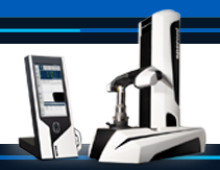
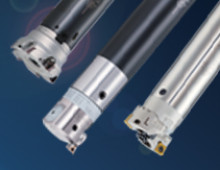
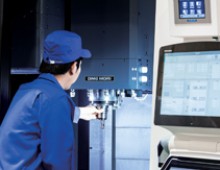
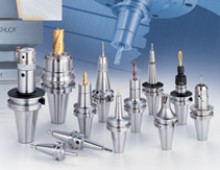
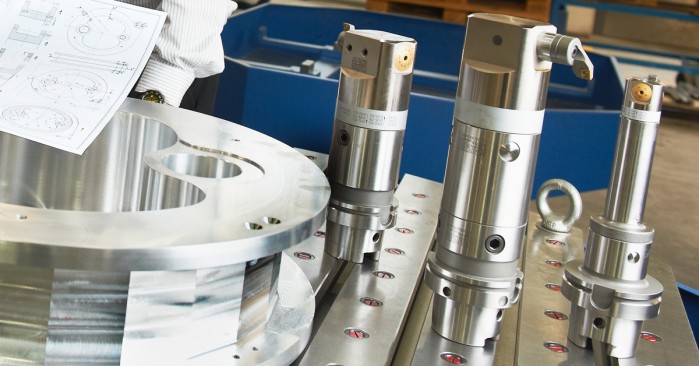
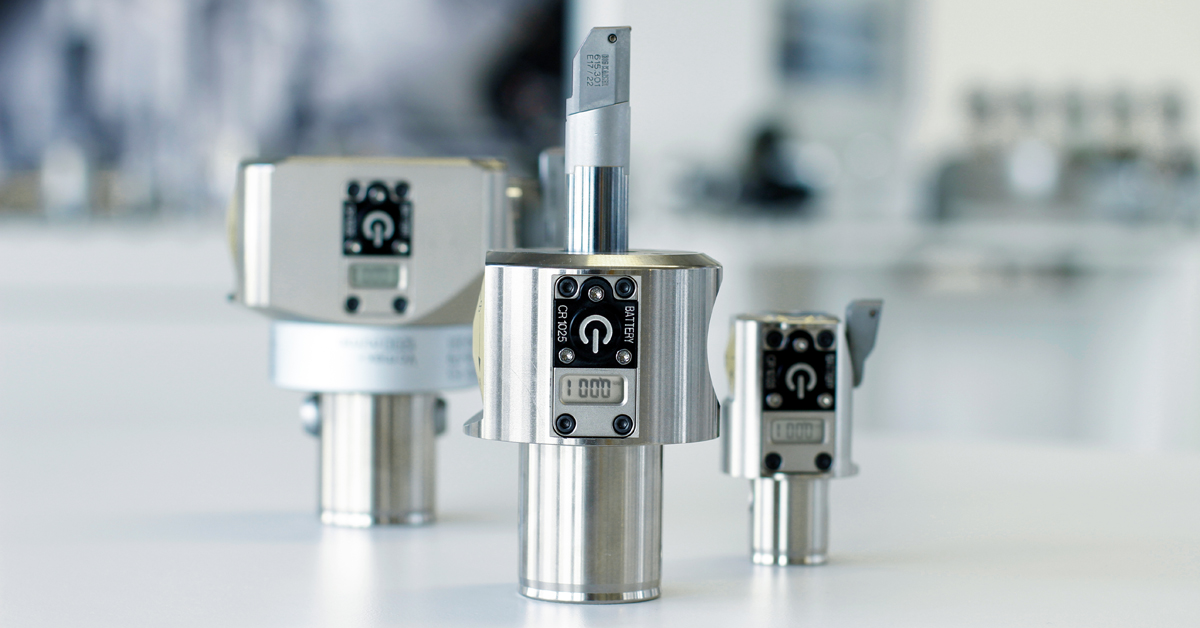


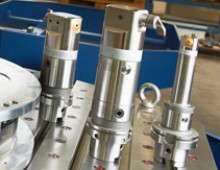
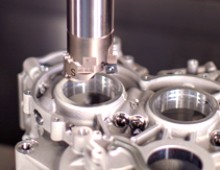
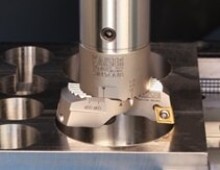
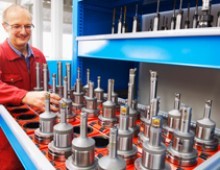
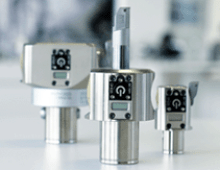
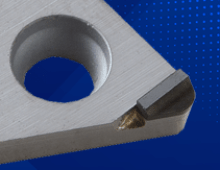
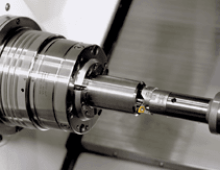
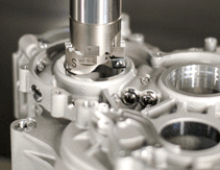
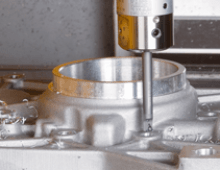
Añadir nuevo comentario